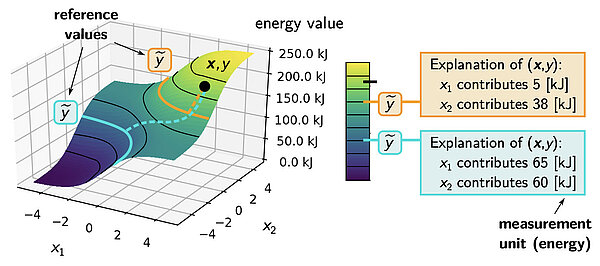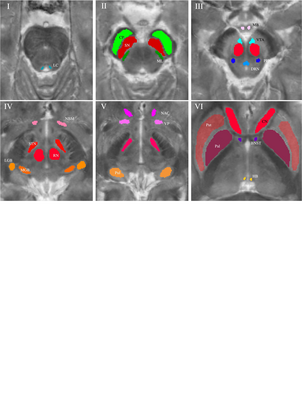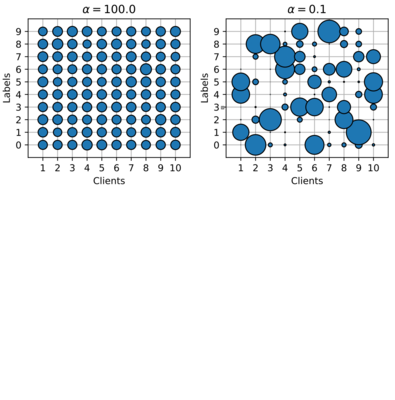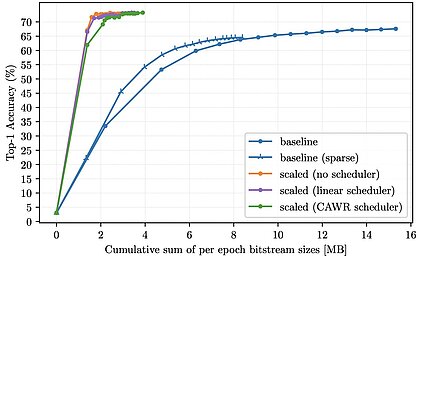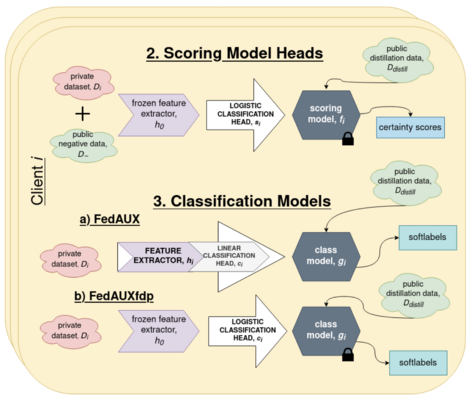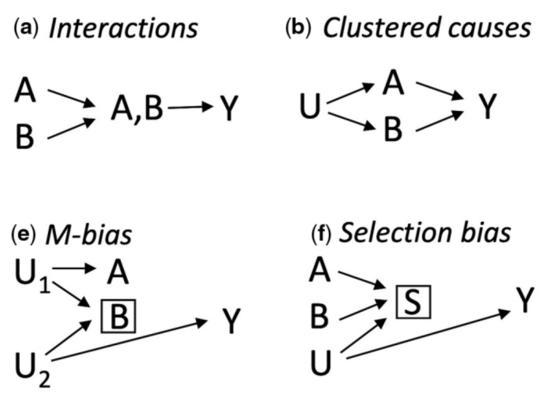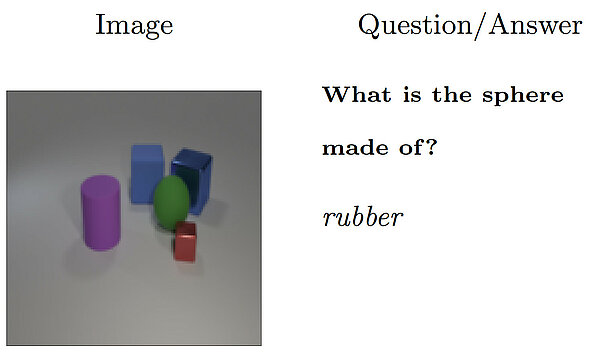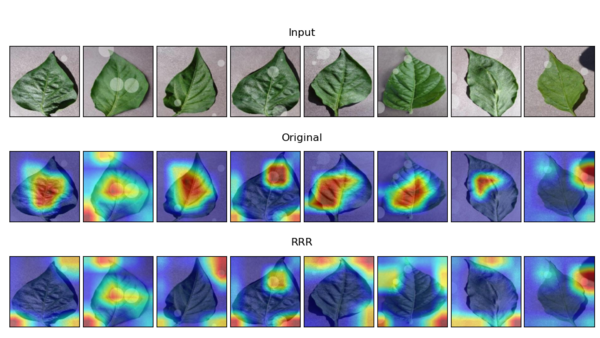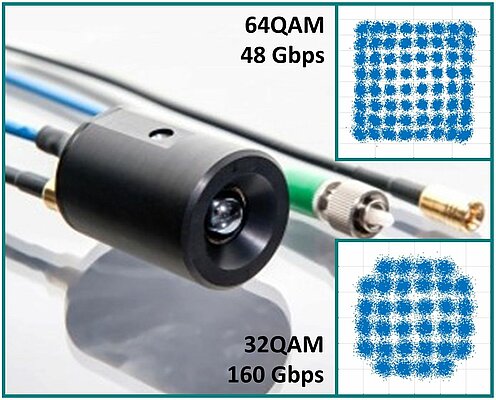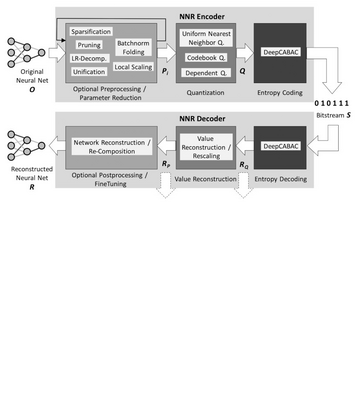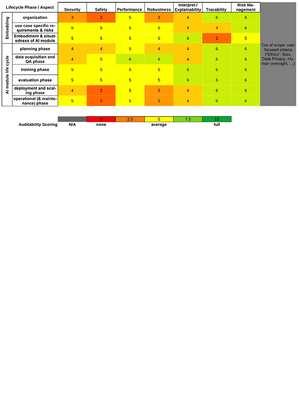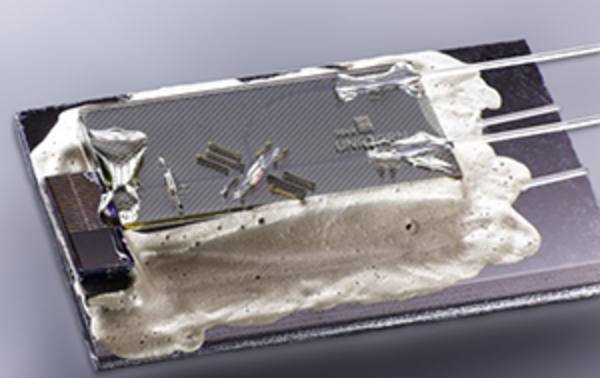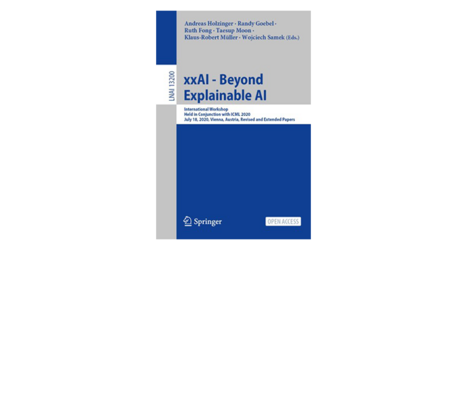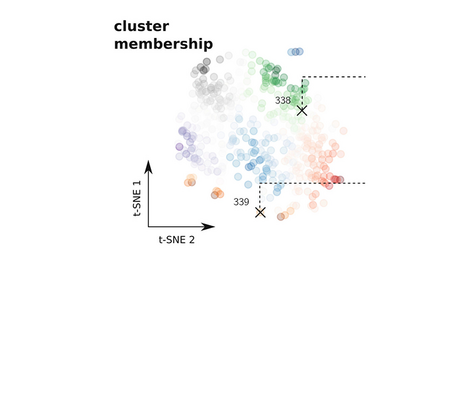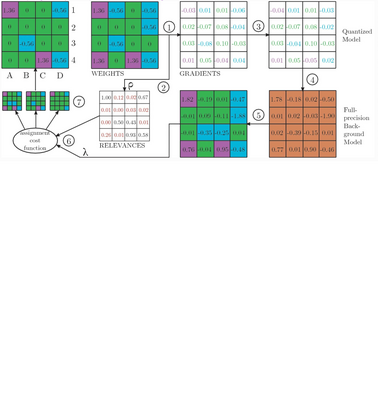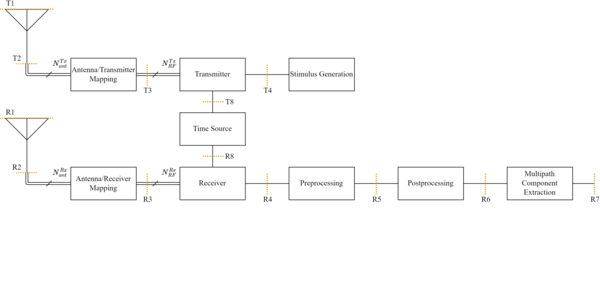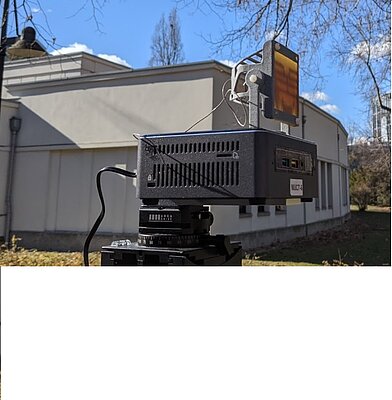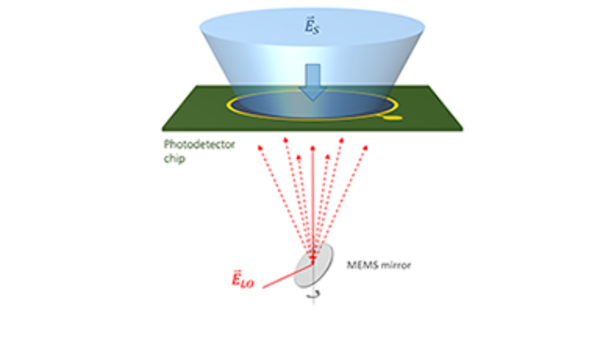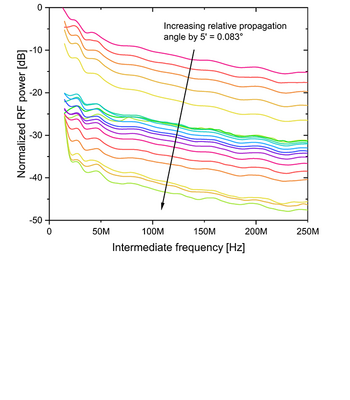Toward Explainable AI for Regression Models
While such Explainable AI (XAI) techniques have reached significant popularity for classifiers, so far little attention has been devoted to XAI for regression models (XAIR). In this review, we clarify the fundamental conceptual differences of XAI...
Multiparametric MRI for characterization of the basal ganglia and the midbrain
In this joint work with the University of Heidelberg, German Cancer Research Center, University Hospital of Erlangen we showed that multimodal quantitative MR enabled excellent differentiation of a wide spectrum of subcortical nuclei with...
Communication-Efficient Federated Distillation via Soft-Label Quantization and Delta Coding
Communication constraints prevent the wide-spread adoption of Federated Learning systems. In this work, we investigate Federated Distillation (FD) from the perspective of communication efficiency by analyzing the effects of active...
Adaptive Differential Filters for Fast and Communication-Efficient Federated Learning
Federated learning (FL) scenarios inherently generate a large communication overhead by frequently transmitting neural network updates between clients and server. In this work, we propose a new scaling method operating at the granularity of...
Differentially Private One-Shot Federated Distillation
Federated learning suffers in the case of "non-iid" local datasets, i.e., when the distributions of the clients’ data are heterogeneous. One promising approach to this challenge is the recently proposed method FedAUX, an augmentation of federated...
Causes of Outcome Learning: A causal inference-inspired machine learning approach to disentangling common combinations of potential causes of a health outcome
Nearly all diseases are caused by different combinations of exposures. We present the Causes of Outcome Learning approach (CoOL), which seeks to discover combinations of exposures that lead to an increased risk of a specific outcome in parts of...
A Benchmark Dataset for the Ground Truth Evaluation of Neural Network Explanations
Recently, the field of explainable AI (XAI) has developed methods that provide such explanations for already trained neural networks. So far XAI methods along with their heatmaps were mainly validated qualitatively via human-based assessment, or...
Improve the Deep Learning Models in Forestry Based on Explanations and Expertise
This research improves deep learning models based on explanations and expertise. The way is to set the annotation matrix for each training sample. Three image classification tasks in forestry verify the method.
Coherent Wireless Link at 300 GHz with 160 Gbit/s Enabled by a Photonic Transmitter
We demonstrate a wireless link at 300 GHz using a fiber-coupled PIN photodiode as the transmitter. We achieved a maximum line rate of 160 Gbit/s with 32QAM modulation. The highest spectral efficiency was achieved with 64QAM at 8 GBaud, i.e. 48...
Overview of the Neural Network Compression and Representation (NNR) Standard
Neural Network Coding and Representation (NNR) is the first international standard for efficient compression of neural networks. The NNR standard contains quantization and an arithmetic coding scheme as core encoding and decoding technologies, as...
Towards Auditable AI Systems: From Principles to Practice
Auditing AI systems is a complex endeavour since multiple aspects have to be considered along the AI lifecycle that require multi-disciplinary approaches. AI audit methods and tools are in many cases subject of research and not practically...
Low-Loss Bragg-ReflectionWaveguides for On-Chip Time-Bin Entanglement
We fabricate low-loss AlGaAs Bragg-reflection waveguides for the creation of C-band photon pairs via parametric down-conversion. These photon pairs are used in a hybrid on-chip time-bin entanglement scheme.
xxAI - Beyond Explainable AI
This book takes next steps towards a broader vision for explainable AI in moving beyond explaining classifiers, to include explaining other kinds of models (e.g., unsupervised and reinforcement learning models) via a diverse array of XAI...
Explaining the Predictions of Unsupervised Learning Models
In this chapter, we review our recently proposed "neuralization-propagation" (NEON) approach for bringing XAI to workhorses of unsupervised learning. NEON first converts the unsupervised model into a functionally equivalent neural network so...
ECQx: Explainability-Driven Quantization for Low-Bit and Sparse DNNs
In this chapter, we develop and describe a novel quantization paradigm for DNNs: Our method leverages concepts of explainable AI (XAI) and concepts of information theory: Instead of assigning weight values based on their distances to the...
A Reference Model for Channel Sounder Performance Evaluation, Validation and Comparison
In this paper, we propose a detailed generic reference plane model for performance evaluation and system validation of radio channel sounders. It allows to abstractly describe a broad variety of channel sounder implementations and architectures...
Enhancing mmWave Devices with Custom Lenses
The mmWave band offers high bandwidths, but drawbacks such as limited range and susceptibility to blockage remain a challenge. In this paper, we take off-the-shelf mmWave devices in the 60 GHz band and combine them with custom lenses. As a...
A new concept for spatially resolved coherent detection with vertically illuminated photodetectors targeting ranging applications
This paper proposes a novel approach for coherent detection with double-side vertically illuminated photodetectors. Signal and local oscillator are injected collinearly from opposite sides of the photodetector chip. The concept inherently...
Coherent Detection With Double-Side Vertically Illuminated Photodiodes for Spatially Resolved Ranging Applications
We theoretically investigate and demonstrate coherent detection with double-side vertically illuminated photodiodes by injecting signal and local oscillator collinearly from opposite sides of the photodetector chip. A first proof of concept for...
